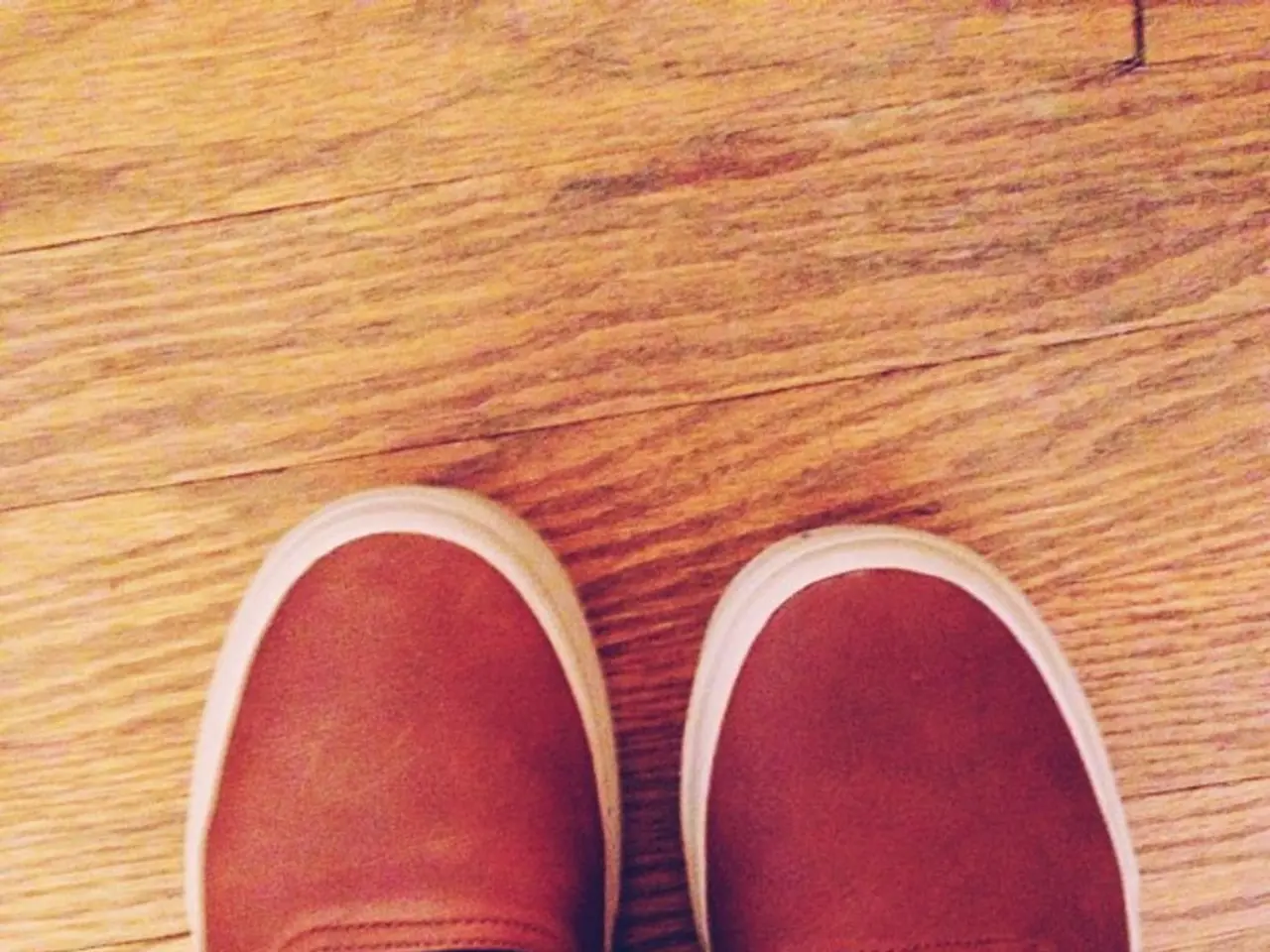Medicare Coverage for Foot Care: Boundaries, Options, and Further Details
Navigating the intricacies of Medicare coverage for foot care can be challenging, but understanding the basics can help individuals with diabetes and other foot-related conditions make informed decisions about their healthcare.
Primarily, Medicare coverage for foot care falls under Part B, which covers medically necessary services. This includes foot exams, diabetes shoes, and treatments related to specific conditions like diabetes-related nerve damage, calluses, poor circulation, past foot ulcers, or deformed feet. However, routine foot care is generally not covered unless it is deemed medically necessary due to a systemic disease like diabetes.
Part A, on the other hand, primarily covers hospital stays. While it does not directly cover outpatient foot care services, it does cover hospital stays if foot complications require hospitalization.
Out-of-pocket costs for Part B services typically involve a 20% responsibility after meeting the annual deductible, while the specific costs for Part A services depend on the length of stay and services provided during hospitalization.
Medicare Part C, or Medicare Advantage, combines the benefits of Original Medicare (Parts A and B) into one policy. Some Medicare Advantage plans offer additional benefits for routine foot care beyond Original Medicare, and most have a cap on out-of-pocket expenses.
It's important to note that Medicare does not cover all types of foot care. Common types not covered include care for athlete's foot, hammertoe, bunions, heel spurs, corns and calluses, ingrown nails, fungal nails, plantar warts, and pedicures.
Individuals can visit Medicare.gov or call 800-633-4227 to find out if a type of foot care is covered under their Medicare plan. Additional help for foot care may be available from programs such as Medicare savings programs, PACE, Extra Help, and Supplemental Security Income (SSI).
For more resources to guide through the complex world of medical insurance, visit the Medicare hub. It's essential to remember that Medicare recognizes the need for adequate foot care to reduce the potential for hospitalization and infection and to improve quality of life, especially for those with diabetes-related nerve damage, who are at risk of injury due to lost sensation in the foot.
[1] Medicare.gov, "Medicare Coverage of Diabetes Self-Management Training and In-person Diabetes Supplies," accessed March 24, 2023. [2] Medicare.gov, "Medicare Coverage of Diabetes Screening and Management," accessed March 24, 2023. [3] Medicare.gov, "Medicare Coverage of Diabetes Preventive Services," accessed March 24, 2023. [4] Medicare.gov, "Medicare Coverage of Diabetes Foot Care," accessed March 24, 2023. [5] Medicare.gov, "Medicare Costs," accessed March 24, 2023.
- Diabetes-related foot care treatments, such as foot exams and diabetes shoes, are covered under Medicare Part B, particularly when they are medically necessary due to conditions like diabetes-related nerve damage.
- Medicare Advantage (Part C) plans, besides covering hospital stays and medically necessary outpatient services, might offer additional benefits for routine foot care, although these benefits vary among plans.
- Medicare does not cover routine foot care, like treatment for athlete's foot, hammertoe, bunions, heel spurs, corns and calluses, ingrown nails, fungal nails, plantar warts, and pedicures.
- To get more information about Medicare coverage for specific foot care services or find resources to guide through the complexities of health insurance, one can visit Medicare.gov or contact the Medicare helpline at 800-633-4227.




